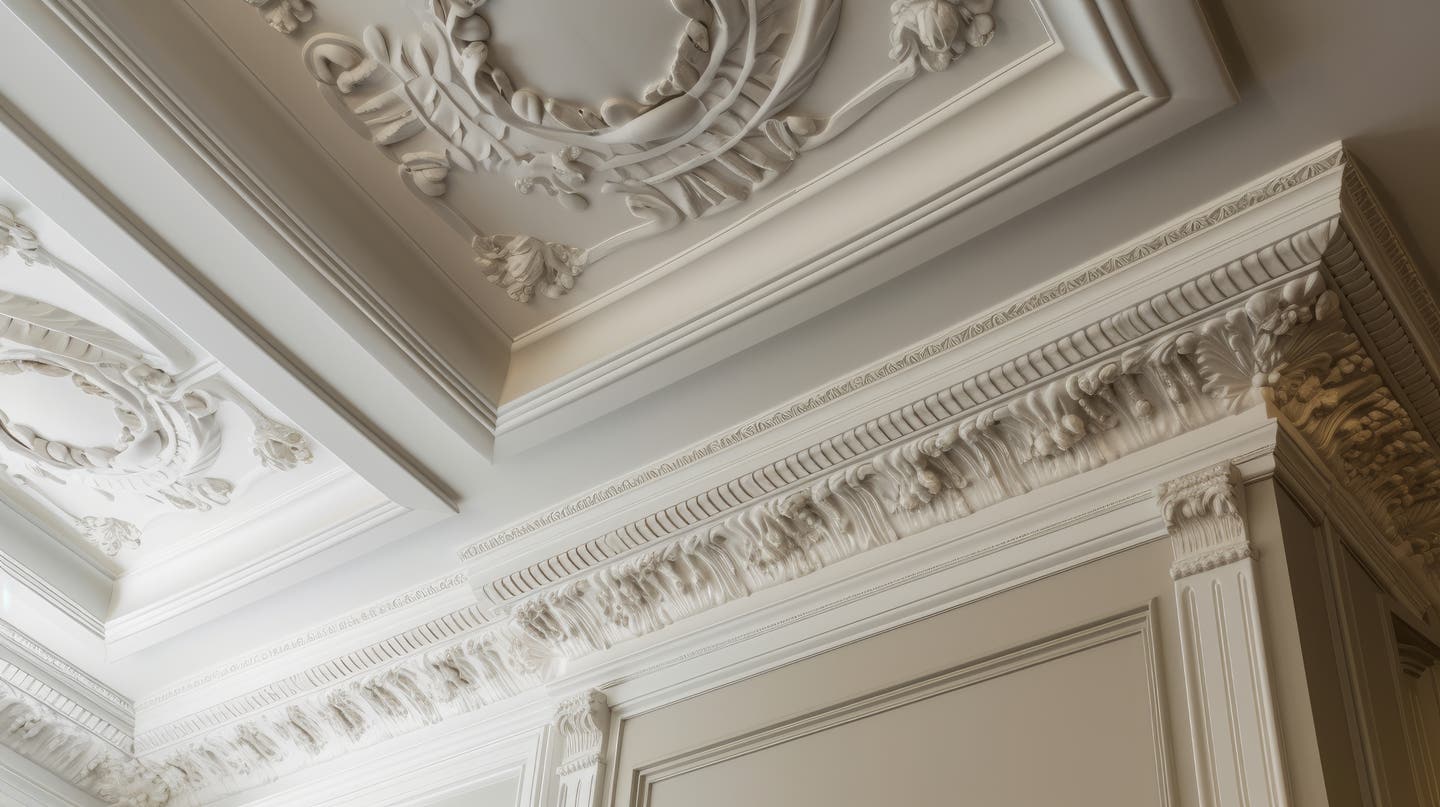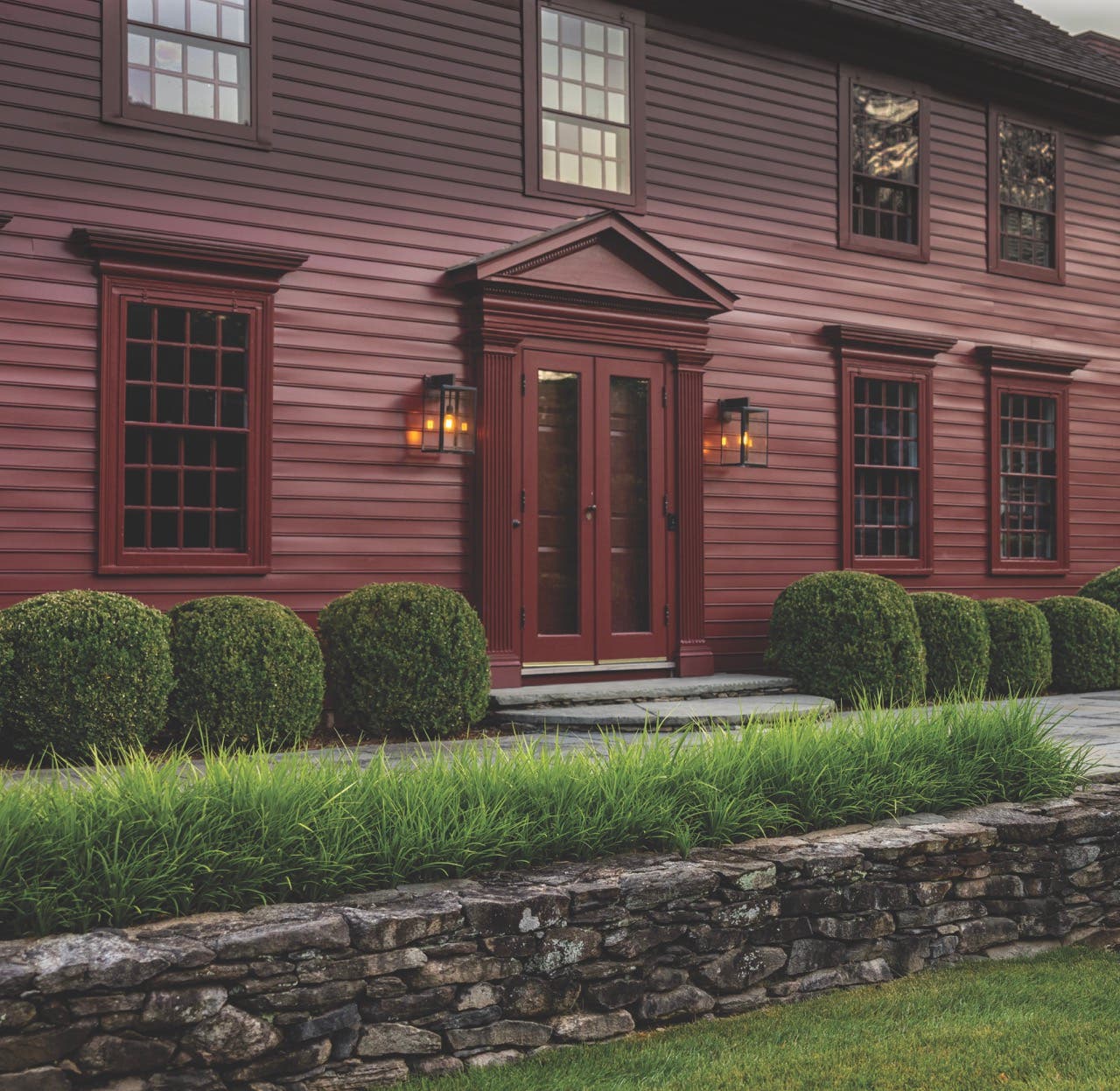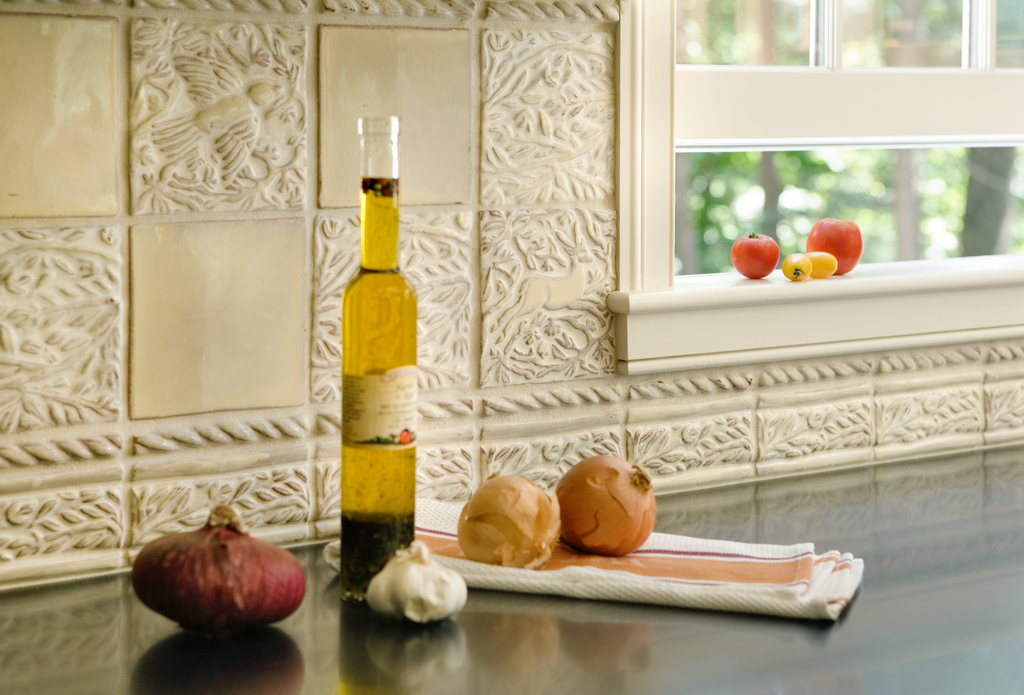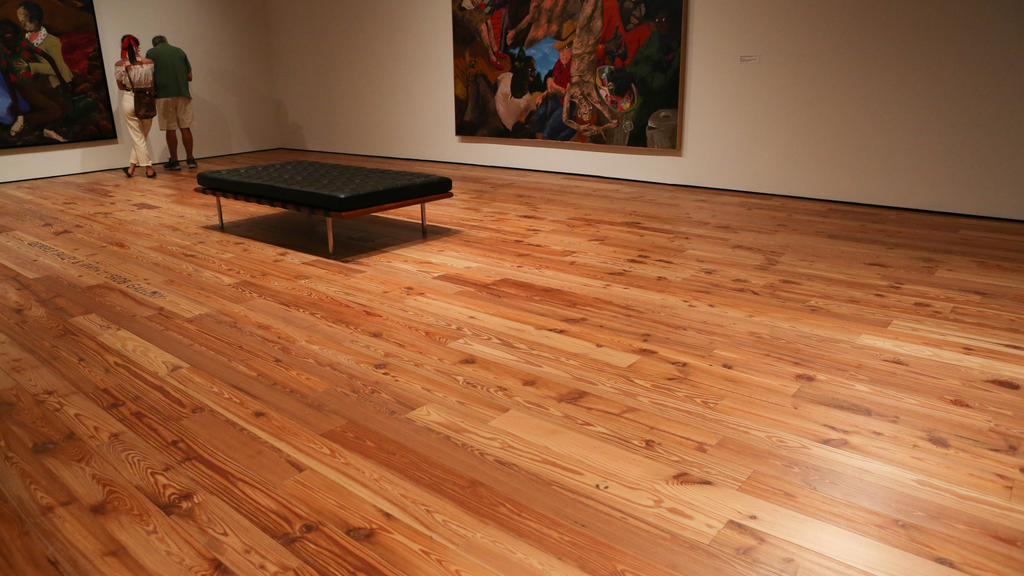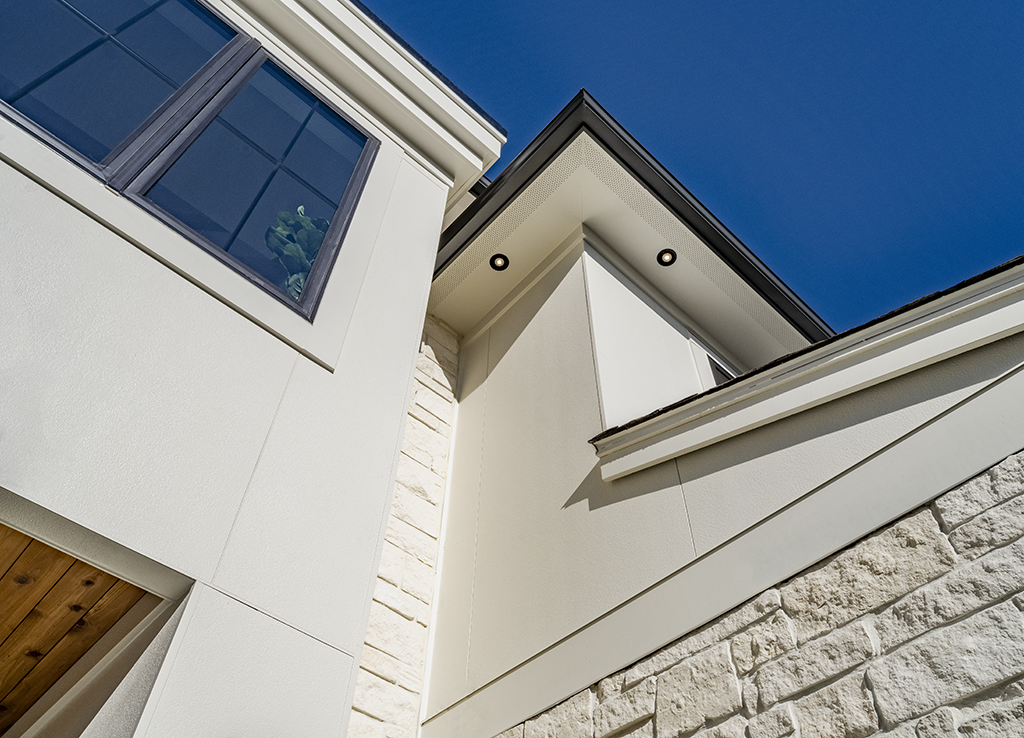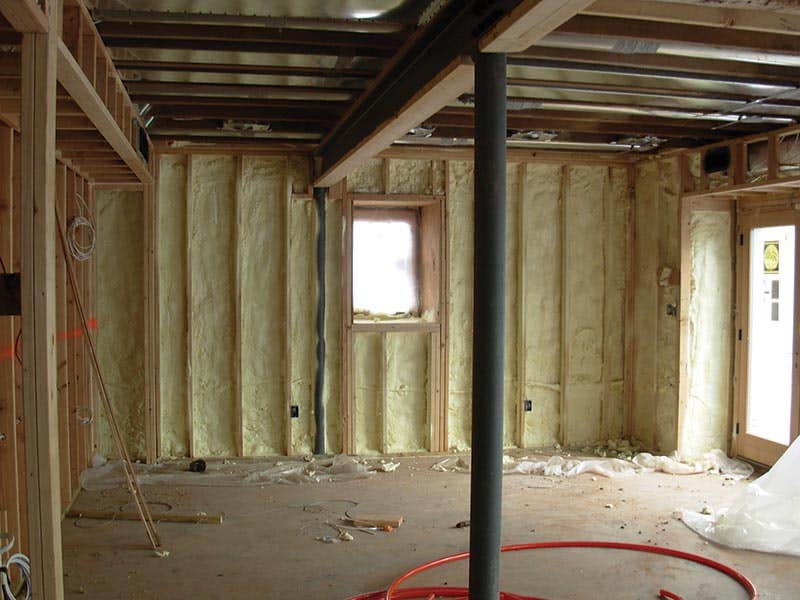
Product Reports
Environmentally Friendly Building Materials
Practitioners and proponents of sustainable design have long asserted that any serious discussion of the topic must begin with lovability. If a building is not loved, they say, no “gizmo green” products or sustainable practices can save it, and the embodied energy of its materials, from the landfill. What’s on the outside definitely counts.
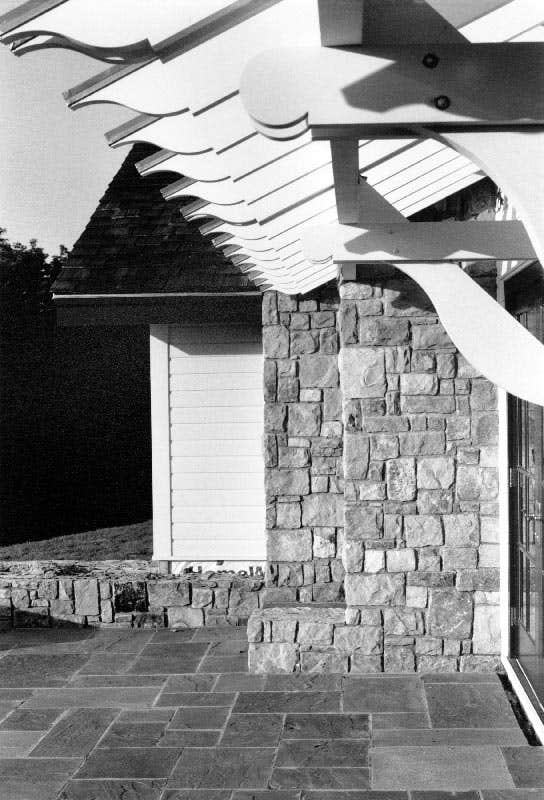

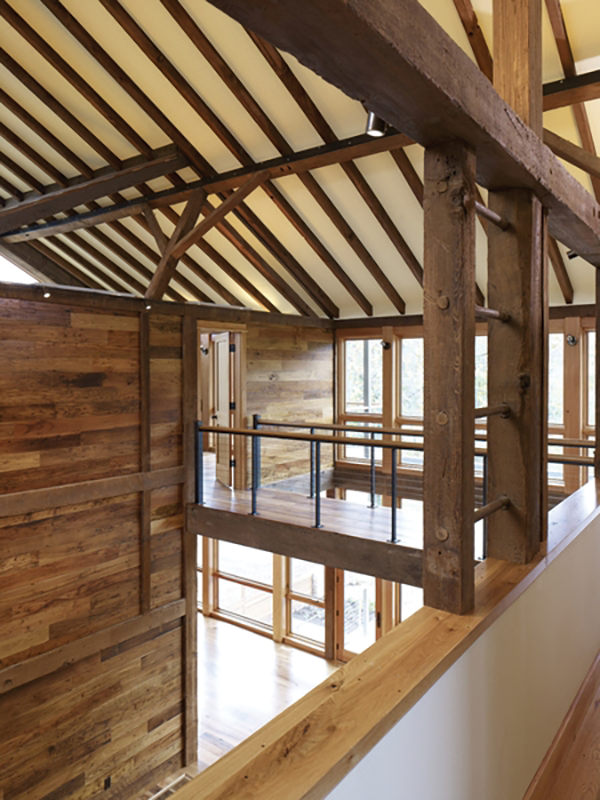
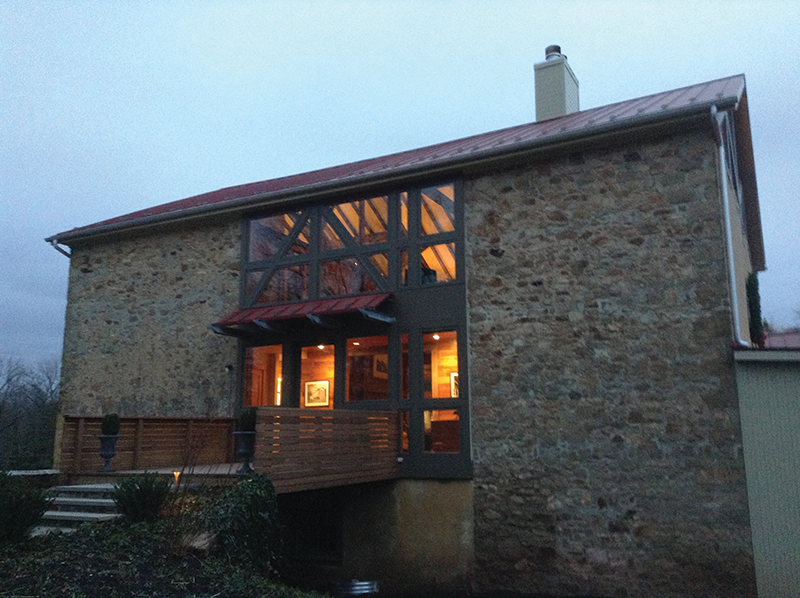
Integrating contemporary technologies within historic or historically-inspired exteriors is a common challenge, for which there is no one-size-fits-all solution. While some modern environmentally-conscious products, such as solar panels, can be too conspicuous for certain tastes, many others have minimal or zero visual impact. Conversely, tried-and-true traditional building practices are often selected to enhance the beauty of a building, yet offer the added benefit of being intrinsically green.
Voith & Mactavish Architects (VMA) of Philadelphia, PA, believes that great architecture comes from innovation within the context of tradition; “conserving the best of the past while celebrating the needs of the present and the promise of the future.” The firm is a Gold-ranked charter member of the Greater Philadelphia Green Business Program and close to 100% of its staff is LEED accredited.
Among the most commonly used sustainable exterior products featured in VMA’s residential designs are brick, slate and field stone. “Traditional building materials can be highly sustainable, especially if locally sourced thereby reducing the amount of fossil fuels required for transport,” says principal Daniela Holt Voith, AIA, IIDA, LEED AP BD + C. “The LEED-certification guidelines define local as being within a 500-mile radius of the construction site. Traditionally builders used regionally-quarried stone and locally-manufactured brick for reasons of economy and availability. Using local stone helps define a regional style and a sense of place, the added benefit is it also saves energy.”
When a project calls for wood siding, VMA often reduces the environmental cost by substituting cementitious planks. Not only do they offer exceptional severe-weather protection, but they also hold paint more effectively than real wood planks. There are limitations, however, to this material. “Since cementitious planks do not have the same ability to be worked, eased, or joined as wood does, we find that the best approach is to limit the cementitious plank to the fields and use cedar for window and door surrounds, and other trim,” says Voith. “We have also had better success with this material by limiting the extent of end-to-end joints by paneling or subdividing the facades.”
Beyond appearances, sustainable technologies can offer real energy savings for homeowners and improve comfort and efficiency.
"Traditional building materials can be highly sustainable, especially if locally sourced thereby reducing the amount of fossil fuels required for transport."
For a recent barn conversion project, VMA utilized standing-seam metal roofing and closed-cell spray foam insulation. The latter simultaneously provides insulation and a vapor barrier on an existing wall – all while preserving the beauty of the existing structure. “Standing-seam metal roofing can be a great green product for traditional architecture,” says Voith. “Depending on the manufacturer, these roofing systems can have high recycled content and often, the systems can be chosen with either a high-reflectance coating for darker colors, or a very traditional galvalume finish, either of which will help with reducing heat island effect.”
For the right roof or wall application, VMA is also a fan of rigid foam insulation. “Achieving a highly insulated wall is a priority for energy efficiency and striving for net-zero,” says Voith. “We like Hunter Panels for the combination of sheathing and very high insulation in a narrow dimension.” These energy-efficient polyisocyanurate insulation panels are Energy Star approved and contribute to LEED credits.




